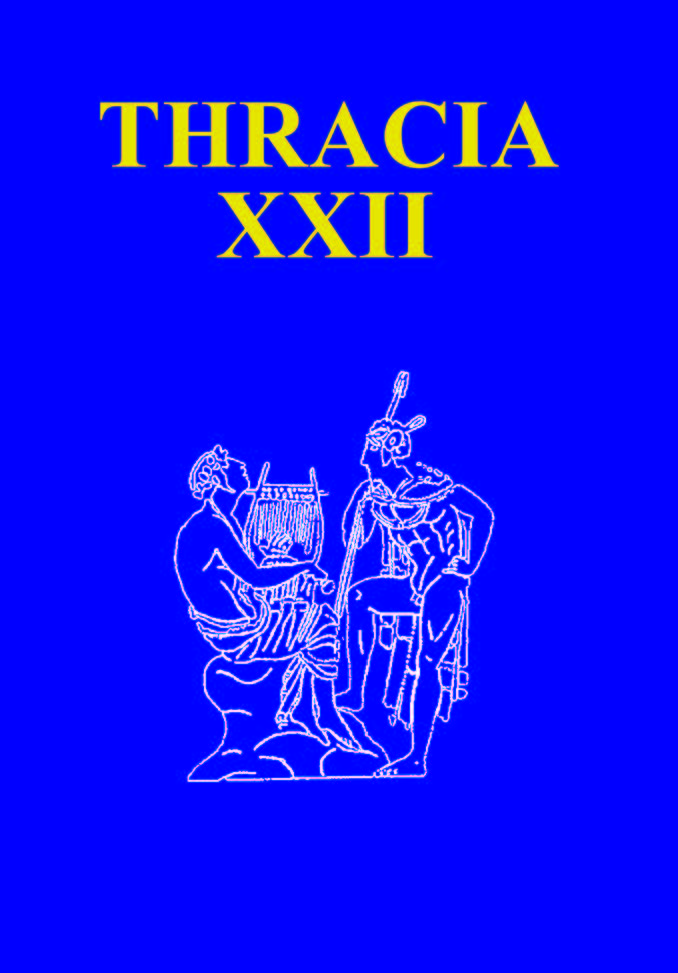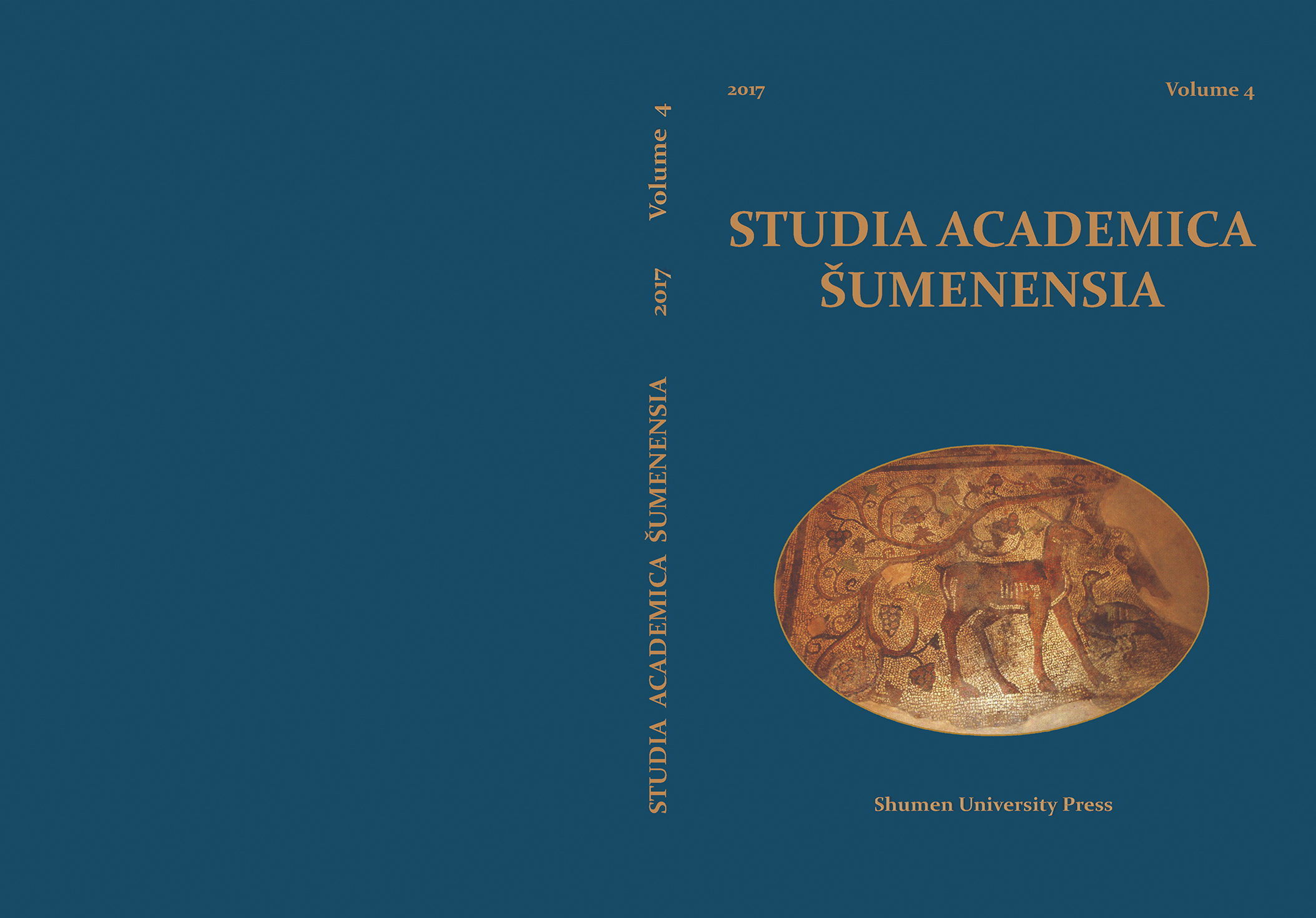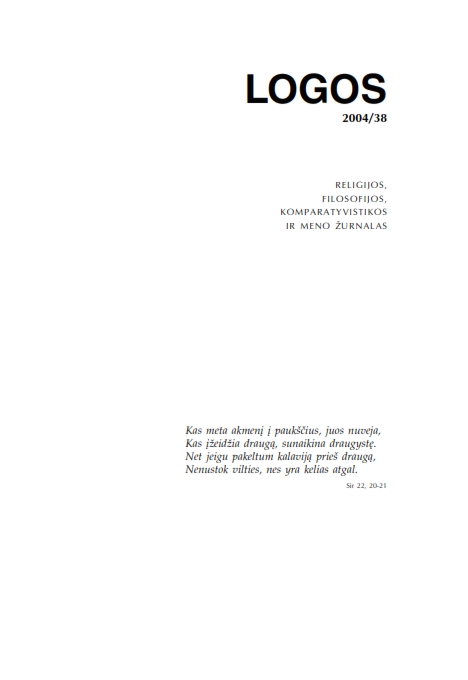
ТРАКИТЕ В АРМИЯТА НА КИР МЛАДИ
The present article treats the issue of the participation of Thracian mercenaries in the army of Cyrus the Younger. The author has studied all references in Xenophon’s Anabasis, pertaining to the participation of Thracians in the March of the “Ten Thousand”. All that was happening within the context of the inter-dynastic conflict between Artaxerxes II and his brother Cyrus the Younger. The author has also studied the activities of the Spartan military leader and mercenary in the army of Cyrus, Clearchus. Clearchus recruited Thracians for the army of the Persian claimant to the throne at the Thracian Chersonesos and north of that area. An attempt has been made to give a tribal identification of the Thracians taking part in those events. In the battle at Cunaxa on 3 September 401 BC the Thracian troops also took an active part. The author has also studied the main points in the retreat of the “ten thousand” Hellenes and representatives of the Thracian ethnic group from Mesopotamia to the Bosporus, and has analysed coin finds from Northeastern Thrace, comprising Persian coins which might be connected to those events, interpreting them as remuneration for Thracian mercenaries in the army of Cyrus the Younger. The author has made reference to the activity of the Spartan military leader Derkylidas in Western Asia Minor as well.
More...















